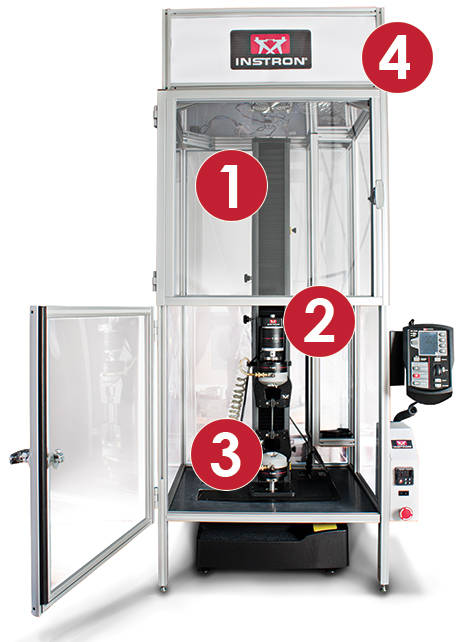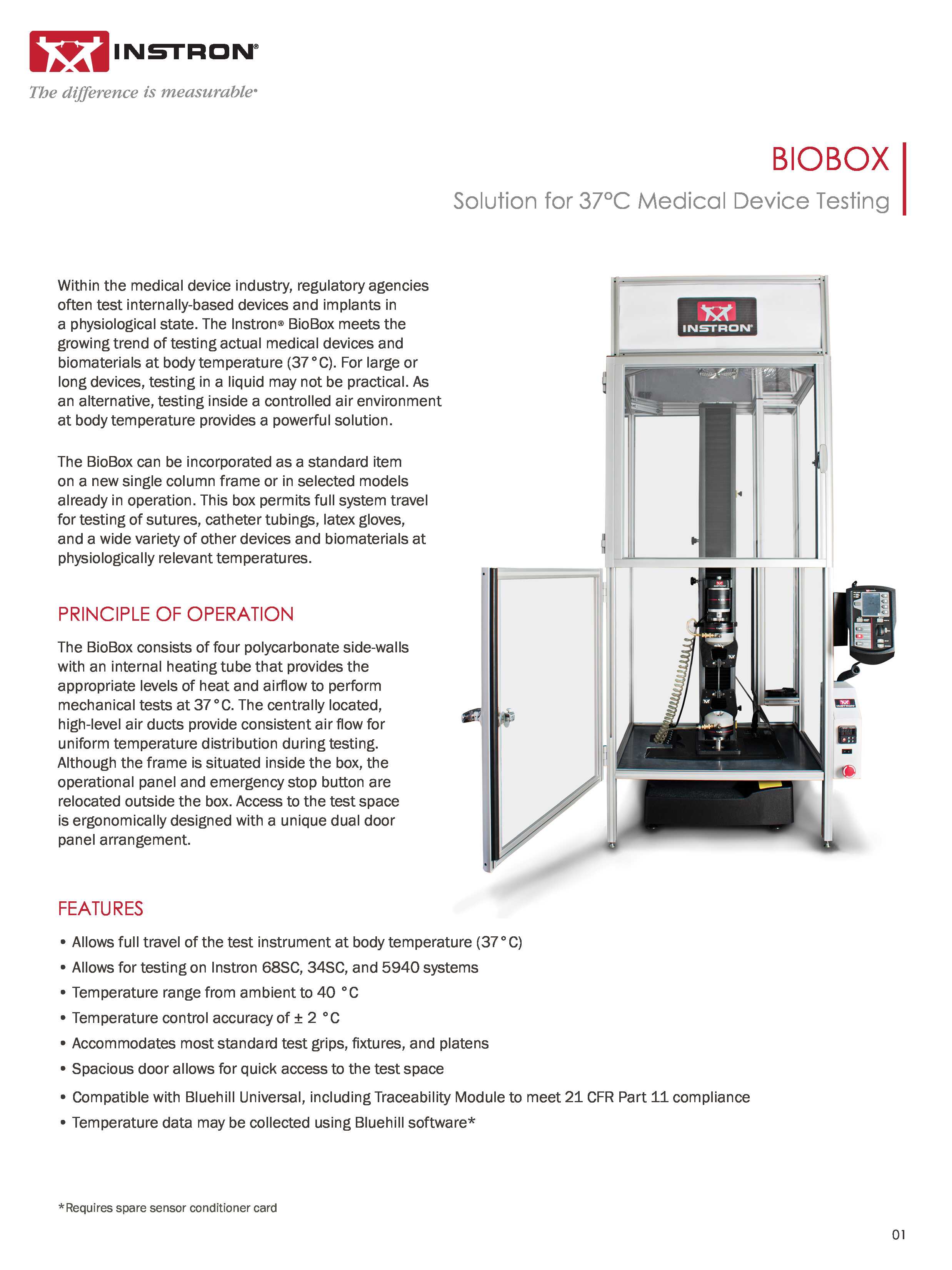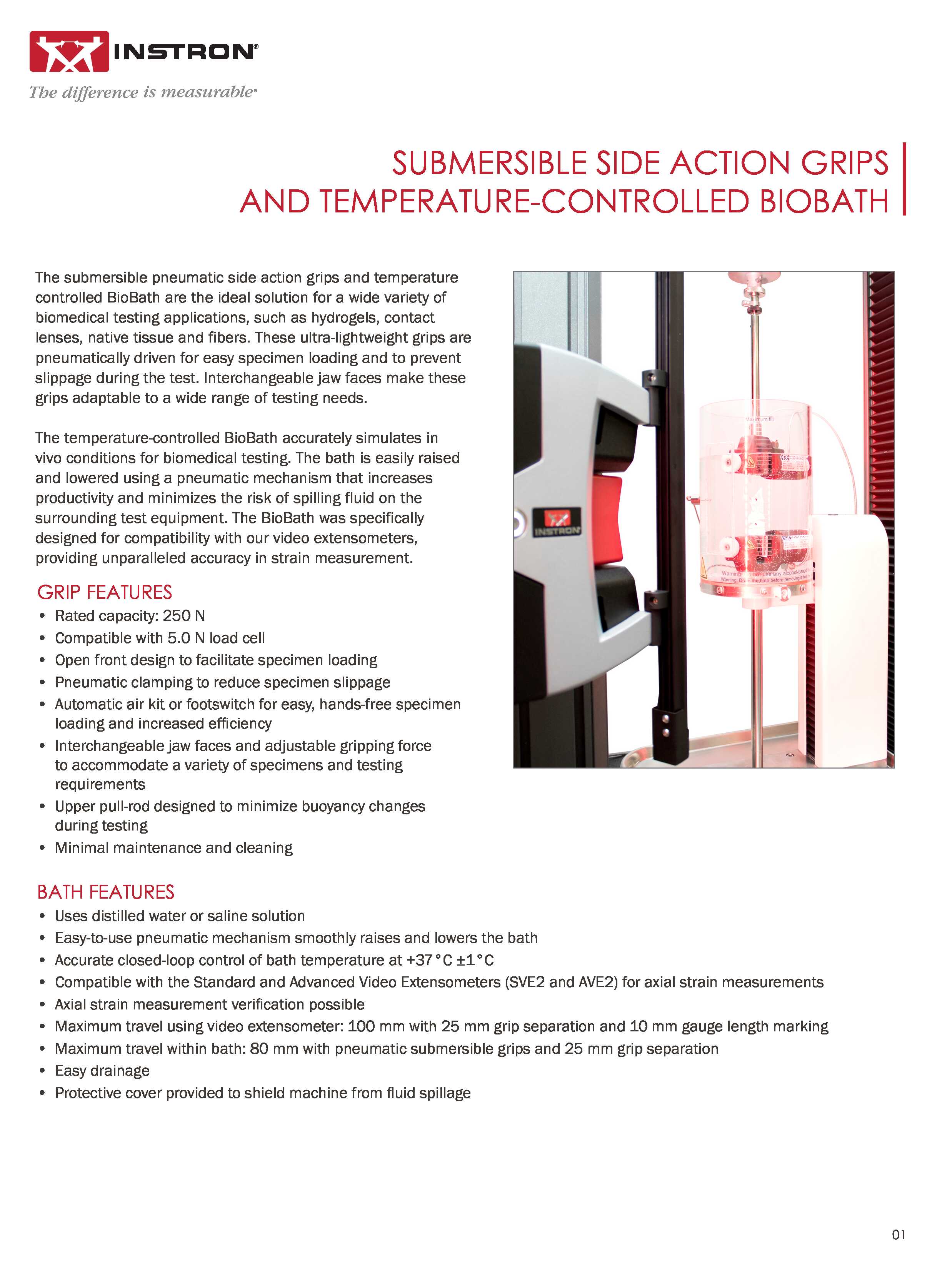ASTM F2458 Wound Closure Strength of Tissue Adhesives and Sealants
Mechanical Testing of Bioadhesives

ASTM F2458 is a testing standard that specifically focuses on characterizing the wound closure strength of tissue adhesives or sealants. Adhesive wound closure is sometimes preferable to using staples or stitches, as it reduces patient discomfort is and is often more easy to apply. It is extremely important that these products perform as expected, as failure could cause internal or external bleeding and leave a patient vulnerable to infection at the wound site. In order for wounds to heal properly over time and prevent scarring, the adhesive must continue to hold the tissue together until healing occurs.
ASTM F2458 is primarily intended for comparative testing between different adhesive formulations. Identifying a repeatable and life-like substrate enables this standard to be used for quality control purposes of adhesive wound closure products. The test will provide the maximum force at the time of failure as well as the failure mode – typically labelled as adhesive (failure of the adhesive/substrate bond), cohesive (failure of the internal adhesive bond), or substrate failure (failure of the tissue). To read the standard in full, purchase ASTM F2458.
Materials Testing System
For ASTM F2458 testing we recommend a 6800 Series single column testing system with a 100 N load cell and pneumatic grips. Because tissues are typically fragile, they require surfalloy style faces for clamping on the specimen successfully. A flexible coupling is required to ensure the loading is applied through the center of the specimen. For closure devices used internally within the body, the testing should be performed at a temperature of 37 Celsius. A biobox is useful for testing at body temperature.
| ASTM F2458 Test Setup | |
|---|---|
| 1) | 5900 Series Universal Testing System |
| 2) | 2530-100 Load Cell |
| 3) | Pneumatic Side Action Grips |
| 4) | Instron BioBox |





